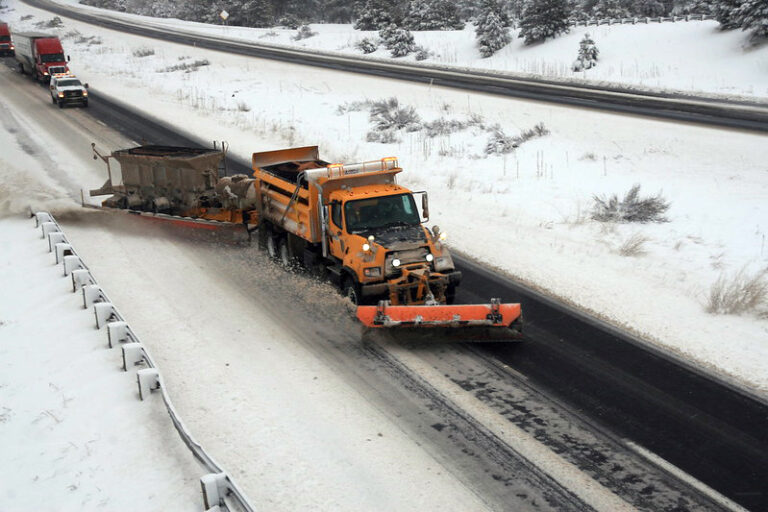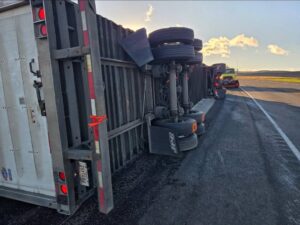PHOENIX — Each year, winter storms affect major interstates in Arizona, such as Interstate 40 and Interstate 17, impacting thousands of cars and trucks traveling on the highways. The Arizona Department of Transportation has a plan to help keep primary routes open during inclement weather.
Under ADOT’s plan for plowing state highways when it snows, heavily traveled roads, such as interstates, that carry local and cross-country traffic have top priority. ADOT will have many of its 200 snowplows stationed at various points along interstates and other heavily traveled highways when the snow begins to fall.
State routes with lower traffic volumes are considered secondary routes. Once the interstates are cleared, ADOT snowplow operators will take care of these local state highways.
ADOT will also close certain state highways as part of its plan to deal with winter weather. Arizona State Route 67 leading to the North Rim of the Grand Canyon, state routes 261, 273 and 473 in the White Mountains area, and State Route 366 heading up Mount Graham in southern Arizona all close for the winter. ADOT closes these state highways because of the heavy amount of snow they receive, and places like the North Rim close for the winter anyway. Closing these highways allows ADOT to keep its snowplows focused on interstates and other state highways. Crews return to these highways in the spring to plow them and get them ready for reopening.
Officials at ADOT ask that drivers have a plan for winter weather as well:
- Before leaving, consult the Arizona Traveler Information website to check road conditions.
- If possible, wait out the storm, giving ADOT’s snowplows time to clear the highways of snow and ice.
- Make sure your cell phone is fully charged.
- Pack warm clothing and an emergency kit with blankets, food and water, and medication.
- Conduct a thorough pre-check before hitting the road.
The Trucker News Staff produces engaging content for not only TheTrucker.com, but also The Trucker Newspaper, which has been serving the trucking industry for more than 30 years. With a focus on drivers, the Trucker News Staff aims to provide relevant, objective content pertaining to the trucking segment of the transportation industry. The Trucker News Staff is based in Little Rock, Arkansas.















